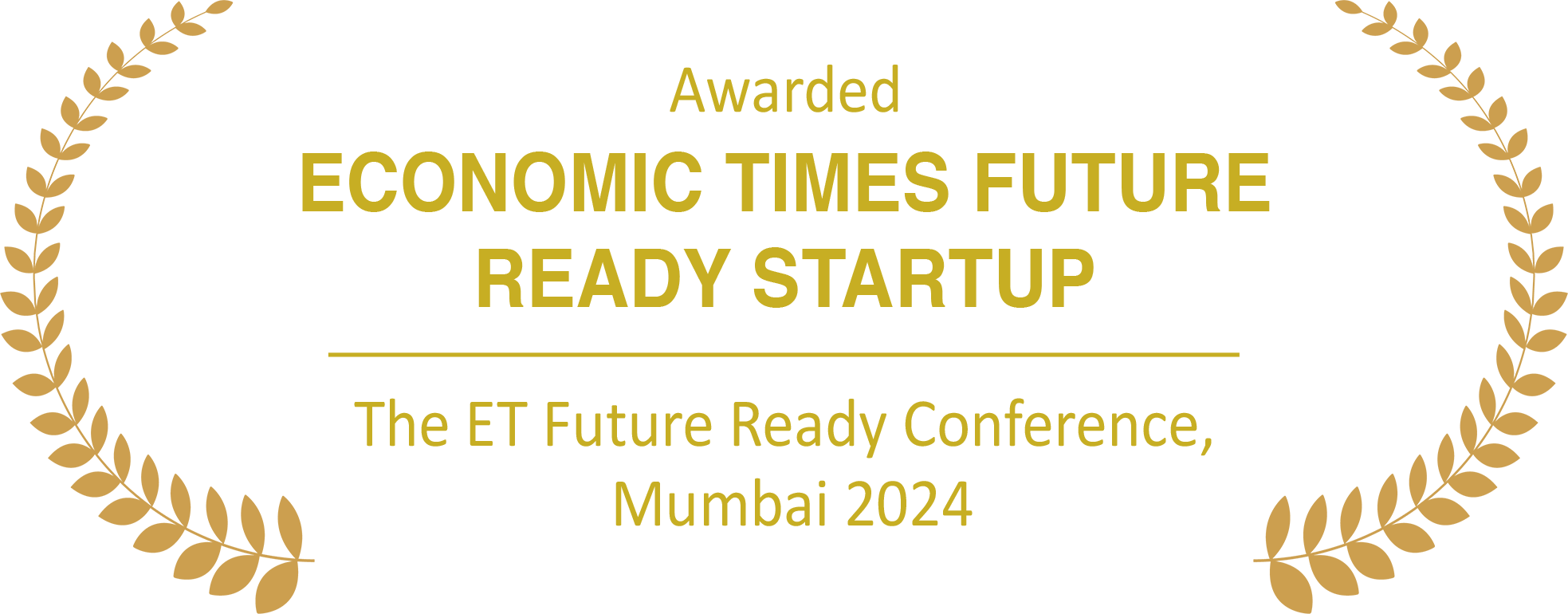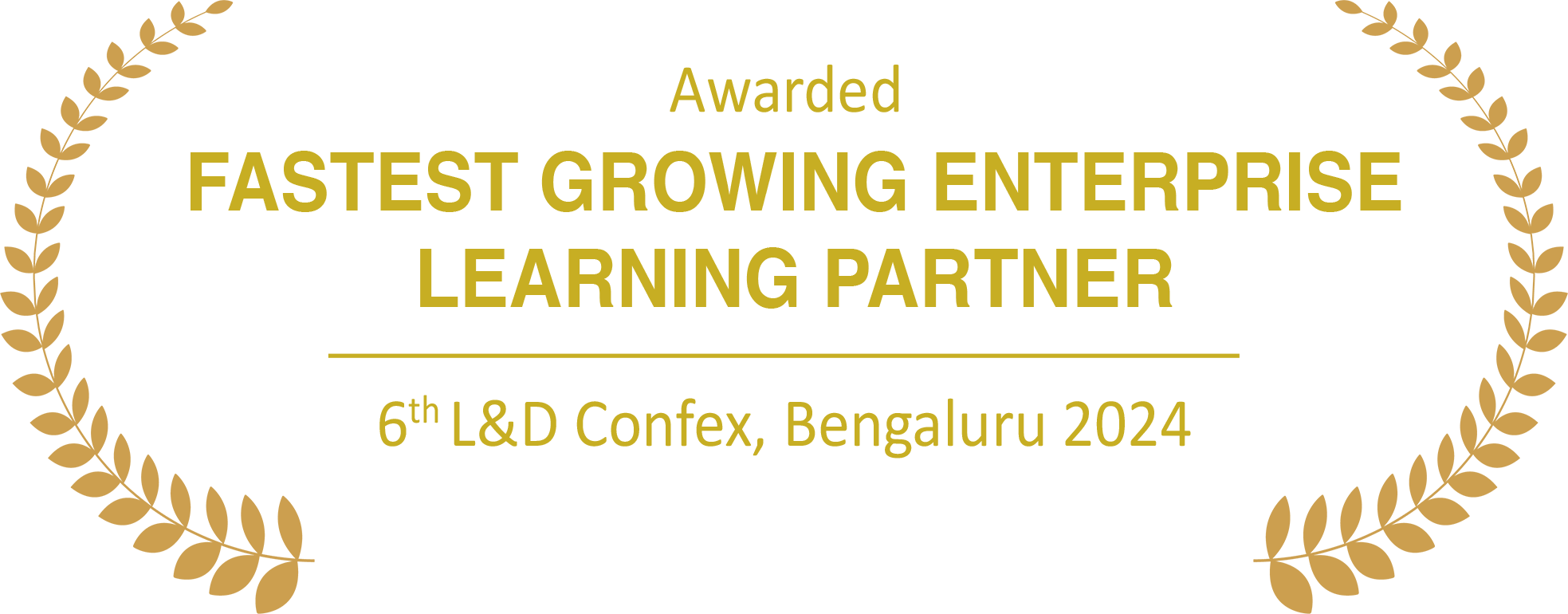
Overview
This course explores how to the use of the iterative machine learning (ML) process pipeline to solve a real business problem in a project-based learning environment. Students will learn about each phase of the process pipeline from instructor presentations and demonstrations and then apply that knowledge to complete a project solving one of three business problems: fraud detection, recommendation engines, or flight delays. By the end of the course, students will have successfully built, trained, evaluated, tuned, and deployed an ML model using Amazon SageMaker that solves their selected business problem. Learners with little to no machine learning

Activites
This course includes presentations, group exercises, demonstrations, and hands-on labs.

Objectives
In this Machine Learning Pipeline on AWS course, participants will be able to:

Prerequisites
We recommend that attendees of The Machine Learning Pipeline on AWS course have:
- Basic knowledge of Python programming language
- Basic understanding of AWS Cloud infrastructure (Amazon S3 and Amazon CloudWatch)
- Basic experience working in a Jupyter notebook environment

Course Outline
AWS Purpose-Built Databases
- Discussing well-architected databases
- Analyzing workload requirements
- Choosing the data model
- Choosing the right purpose-built database
- Knowledge check
Amazon Relational Database Service (Amazon RDS)
- Discussing a relational database
- What is Amazon RDS?
- Why Amazon RDS?
- Amazon RDS design considerations
- Knowledge check
Amazon Aurora
- What is Amazon Aurora?
- Why Amazon Aurora?
- Aurora design considerations
- Knowledge check
Amazon DynamoDB
- Discussing a key value database
- What is DynamoDB?
- Why DynamoDB?
- DynamoDB design considerations
- Knowledge check
Amazon Keyspaces (for Apache Cassandra)
- Discussing a wide-column database
- What is Apache Cassandra?
- What is Amazon Keyspaces?
- Why Amazon Keyspaces?
- Amazon Keyspaces design considerations
- Knowledge check
Amazon DocumentDB (with MongoDB compatibility)
- Discussing a document database
- What is Amazon DocumentDB?
- Why Amazon DocumentDB?
- Amazon DocumentDB design considerations
- Knowledge check
Amazon Quantum Ledger Database (Amazon QLDB)
- Discussing a ledger database
- What is Amazon QLDB?
- Why Amazon QLDB?
- Amazon QLDB design considerations
- Knowledge check
Amazon Timestream
- Discussing a timeseries database
- What is Amazon Timestream?
- Why Amazon Timestream?
- Amazon Timestream design considerations
- Knowledge check
Amazon ElastiCache
- Discussing an in-memory database
- What is ElastiCache?
- Why ElastiCache?
- ElastiCache design considerations
- Knowledge check
Amazon MemoryDB for Redis
- What is Amazon MemoryDB (for Redis)?
- Why Amazon MemoryDB?
- Amazon MemoryDB design considerations
- Knowledge check
Amazon Redshift
- Discussing a data warehouse
- What is Amazon Redshift?
- Why Amazon Redshift?
- Amazon Redshift design considerations
- Knowledge check
Tools for Working with AWS Databases
- Data access and analysis with Amazon Athena
- Data migration with SCT and DMS


 Projects
Projects Assignments
Assignments






